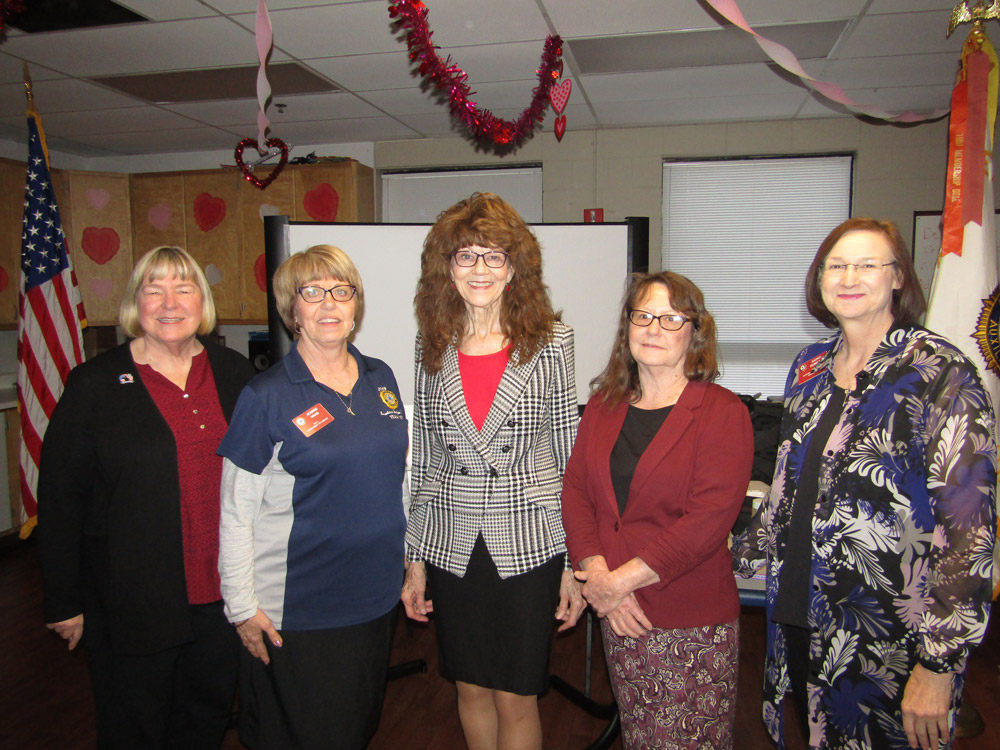Many U.S. Department of Veteran Affairs medical centers across the country incorporate the creative arts as one form of rehabilitative treatment to help veterans recover from and cope with physical and emotional disabilities.
When Paula Sellens became the American Legion Auxiliary Kansas District Eight president in 2016, she made expanding these programs her focus. Her efforts led her to Fort Dodge Kansas Soldiers’ Home, where she now leads the Veterans’ Art and Rehabilitation Creative Arts program each month.
“Artistic self-expression improves self-esteem and reduces stress,” Sellens said. “In a group setting, veterans also develop interpersonal skills and establish social connections. Ultimately, the creative process of art making enhances the mental and emotional wellbeing of the participants.”
Though her program was popular among most of the residents in the soldiers’ home, Sellens wanted to ensure she reached each veteran living there – even those who were unable to attend the art activities in the recreation room.
Sellens applied for an ALA Foundation Veteran Projects Fund grant in the hopes of achieving this goal. When she received the grant, Sellens purchased the technology necessary to create a fulfilling, engaging, and therapeutic experience for residents with Alzheimer’s, dementia, or physical limitations.
Sellens now uses augmented reality through an application called QuiverVision to create a more interactive experience for participants with dementia or Alzheimer’s. The residents can color a picture from a coloring book, and the application will display the drawing in 3D, with sound effects and movement. This augmented reality is projected onto a screen for the residents to enjoy.
“The residents were actively involved and quite pleased when the picture they colored was presented on the screen,” Sellens said, after using the new technology for the first time. “They seemed to enjoy it immensely.”
Using an iPad can also make it easier for patients who are limited physically. Sellens is hopeful that one resident – who is paralyzed from the neck down but has some use of his right hand – may be able to participate in puzzles and coloring digitally, which will cause less strain and stress than if done manually.
Sellens says the importance of this therapy is evident in almost every art class. For example, one veteran who had never before participated in a group activity began attending the classes, redeveloping interpersonal skills, and establishing social connections “with a smile that was rarely seen before,” Sellens said.
“Several of the residents have said their artwork ‘has given them a purpose.’”
Since implementation of the new supplies, the art program at the soldiers’ home has grown in popularity. Both Sellens and Jeanne Haas, a past ALA Department of Kansas president, are grateful for assistance from the ALA Foundation in this project.
“With the aid of the ALA Foundation and the ALA Department of Kansas, veterans in the western area of Kansas have been given a program to enrich their lives,” Haas said.
For more information on how to apply for a Veteran Projects Fund grant through the American Legion Auxiliary Foundation, visit www.ALAFoundation/grants.






